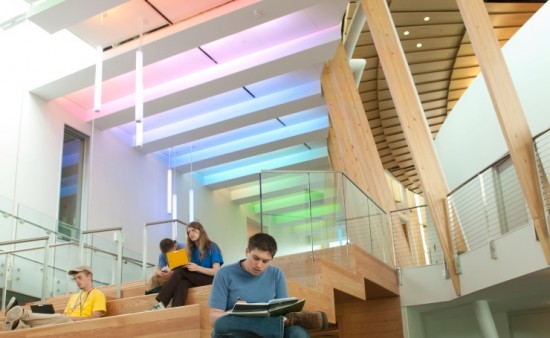Over the past 10 years, the consumption of technology has become more accessible than ever. The workspace has shifted from being heavily reliant on the fax machine to now allowing people to be in different parts of the world, yet flawlessly connected to their company’s network.
The result of these technological advancements – such as the growth of mobility, cloud and big data – is the evolution of the Next Generation Workforce, which has immense opportunities for businesses and interested candidates.
For example, considering that 74% of millennials want flexible work schedules, the Next Generation Workforce will seek remote collaboration more than ever before. Companies that will succeed at recruiting and retaining these candidates will be those that practice flexibility through the use of technology, while simultaneously showing employees that the work they are doing is both impactful and valuable.
Tailoring to the interests of these future candidates is an investment that companies must think about now – especially because by 2025, millennials will account for 75% of the global workforce. Employers who take new approaches to management, offering flexible benefits and providing effective employee retirement planning strategies will benefit from a three-generation workforce that is engaged, energized and experienced.

However, as the Next Generation Workforce evolves, there are certain challenges businesses must overcome to successfully excite and attract top talent. Here’s a closer look at those challenges – especially for those in the midmarket industries – and what they can do today to remain competitive and innovative in a rapidly changing landscape. Continue reading “How Businesses Can Meet Next Generation Workforce Demands”
 The ability of companies to innovate is more important than ever. To respond rapidly to evolving business trends, or change the way they interact with customers, companies need a powerful platform for innovation that can analyze huge data volumes to identify new customer patterns, adapt quickly to new market opportunities and adjust their business processes to maximize growth and profitability.
The ability of companies to innovate is more important than ever. To respond rapidly to evolving business trends, or change the way they interact with customers, companies need a powerful platform for innovation that can analyze huge data volumes to identify new customer patterns, adapt quickly to new market opportunities and adjust their business processes to maximize growth and profitability.




CONNECT WITH US